Rising Demand for Diagnostic Tools
The Bio Optics Market is experiencing a notable increase in demand for advanced diagnostic tools. This surge is primarily driven by the growing prevalence of chronic diseases and the need for early detection methods. According to recent data, the market for diagnostic imaging is projected to reach USD 45 billion by 2026, indicating a robust growth trajectory. As healthcare providers seek more efficient and accurate diagnostic solutions, bio-optical technologies are becoming integral in clinical settings. These tools not only enhance diagnostic accuracy but also improve patient outcomes, thereby solidifying their role in the Bio Optics Market. Furthermore, the integration of artificial intelligence with bio-optical systems is expected to further propel market growth, as it allows for more precise analysis and interpretation of diagnostic data.
Growing Awareness of Non-Invasive Procedures
The Bio Optics Market is benefiting from a growing awareness and preference for non-invasive medical procedures. Patients and healthcare professionals alike are increasingly recognizing the advantages of non-invasive techniques, which minimize discomfort and reduce recovery times. This shift in preference is reflected in the rising adoption of bio-optical imaging technologies, which provide detailed insights without the need for invasive interventions. Market analysis indicates that the segment of non-invasive diagnostic tools is expected to grow at a compound annual growth rate of 8% over the next five years. As healthcare systems prioritize patient-centered care, the demand for bio-optical solutions that align with these values is likely to increase, further propelling the Bio Optics Market. This trend underscores the importance of developing innovative non-invasive technologies that can enhance diagnostic capabilities while ensuring patient comfort.
Technological Integration and Miniaturization
The Bio Optics Market is witnessing a trend towards the integration of advanced technologies and the miniaturization of devices. This evolution is driven by the need for portable and user-friendly bio-optical solutions that can be utilized in various settings, including remote and point-of-care environments. Recent advancements in microfabrication and nanotechnology have enabled the development of compact bio-optical devices that maintain high performance while being more accessible. The market for portable bio-optical devices is projected to grow significantly, with estimates suggesting a potential market size of USD 5 billion by 2027. This trend not only enhances the versatility of bio-optical applications but also expands their reach, making them suitable for a broader range of healthcare settings. As technological integration continues to evolve, the Bio Optics Market is likely to see a proliferation of innovative solutions that cater to diverse medical needs.
Regulatory Support and Standardization Efforts
Regulatory support and standardization efforts are playing a pivotal role in shaping the Bio Optics Market. Governments and regulatory bodies are increasingly recognizing the importance of establishing clear guidelines and standards for bio-optical technologies. This regulatory framework is essential for ensuring the safety and efficacy of new products entering the market. Recent initiatives aimed at streamlining the approval process for bio-optical devices are expected to facilitate faster market entry, thereby encouraging innovation. Furthermore, standardization efforts are likely to enhance interoperability among devices, which is crucial for integrated healthcare solutions. As these regulatory measures take shape, they are expected to bolster confidence among manufacturers and investors, ultimately driving growth within the Bio Optics Market. This supportive environment is essential for fostering advancements that can lead to improved healthcare outcomes.
Increased Investment in Research and Development
Investment in research and development within the Bio Optics Market is witnessing a significant uptick. This trend is largely attributed to the continuous pursuit of innovative solutions that can address complex medical challenges. In recent years, funding for bio-optical research has increased, with estimates suggesting that R&D expenditures in this sector could exceed USD 10 billion by 2025. Such investments are crucial for the development of next-generation bio-optical devices that offer enhanced functionality and performance. Moreover, collaborations between academic institutions and industry players are fostering an environment conducive to innovation, thereby driving advancements in bio-optical technologies. This focus on R&D not only enhances the competitive landscape of the Bio Optics Market but also ensures that new products meet the evolving needs of healthcare providers and patients alike.


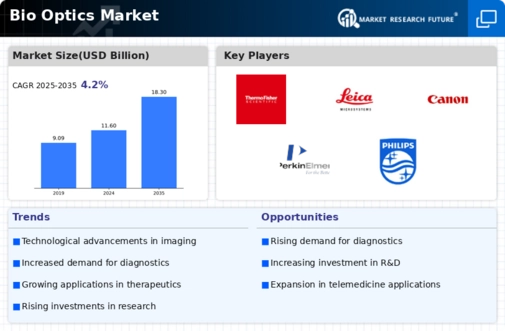
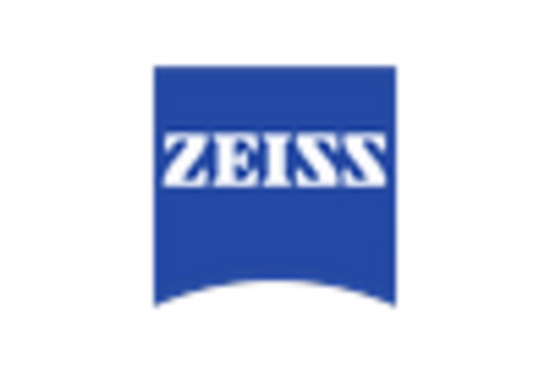
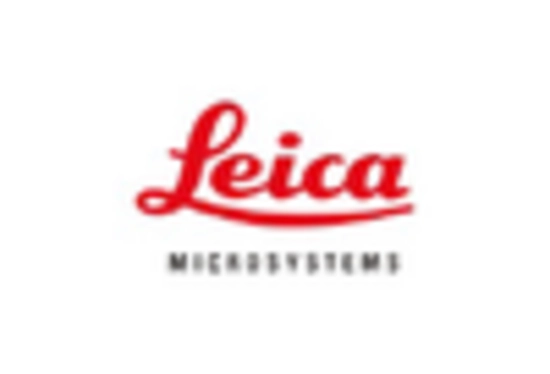


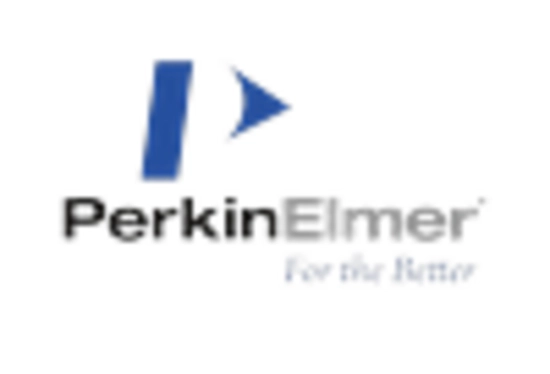
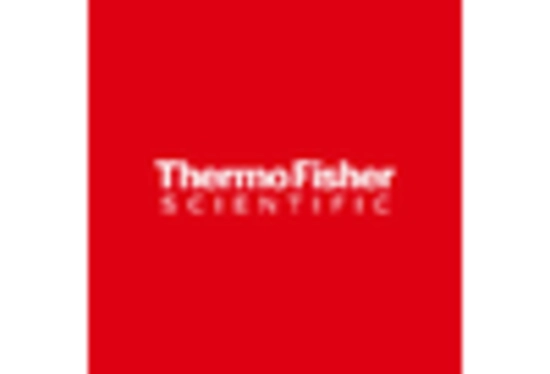








Leave a Comment